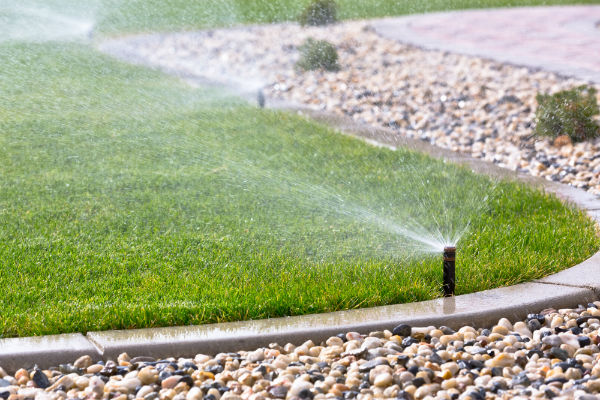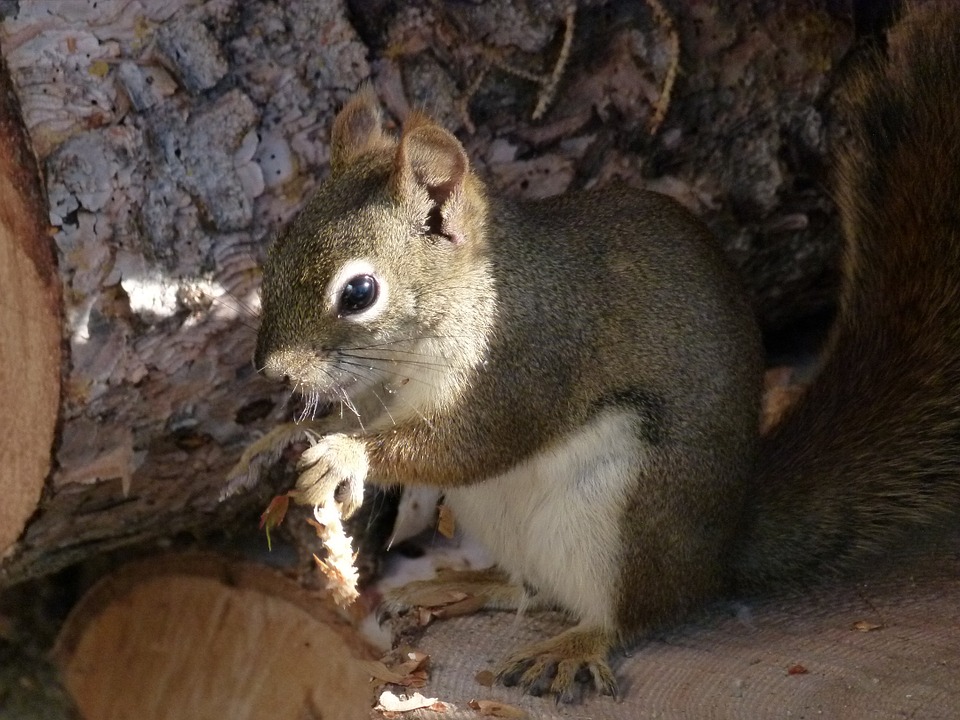
Here in Ogden, Utah we know how to protect our bodies from the falling snow each winter. We bundle up and prepare for the cold, But it’s not always as easy to protect our lawns. Heavy snowfall can have a lasting impact on your grass. Here are some tips to minimize snow damage on your Ogden lawn this winter.
Don’t sweat the small stuff
Moderate amounts of snow aren’t going to hurt your lawn. As long as the piles of snow are evenly distributed – which will happen naturally as the snow falls. Most native plants are nicely insulated and protected from the harsh winter temperatures. When the snow melts, your thirsty lawn will receive a much-needed drink.
The caveat to this? If you’re plowing or shoveling your driveway, you will likely end up with large man-made piles of snow. This is the stuff that can kill your dormant lawn. These large piles of snow are heavier and denser than the natural snowfall and can crush the delicate blades of grass beneath them.
Evenly distribute large piles of snow
To minimize the damage, rake out bigger piles of snow once they begin to melt. This will help the piles shrink evenly and prevent a buildup of mold on your lawn.
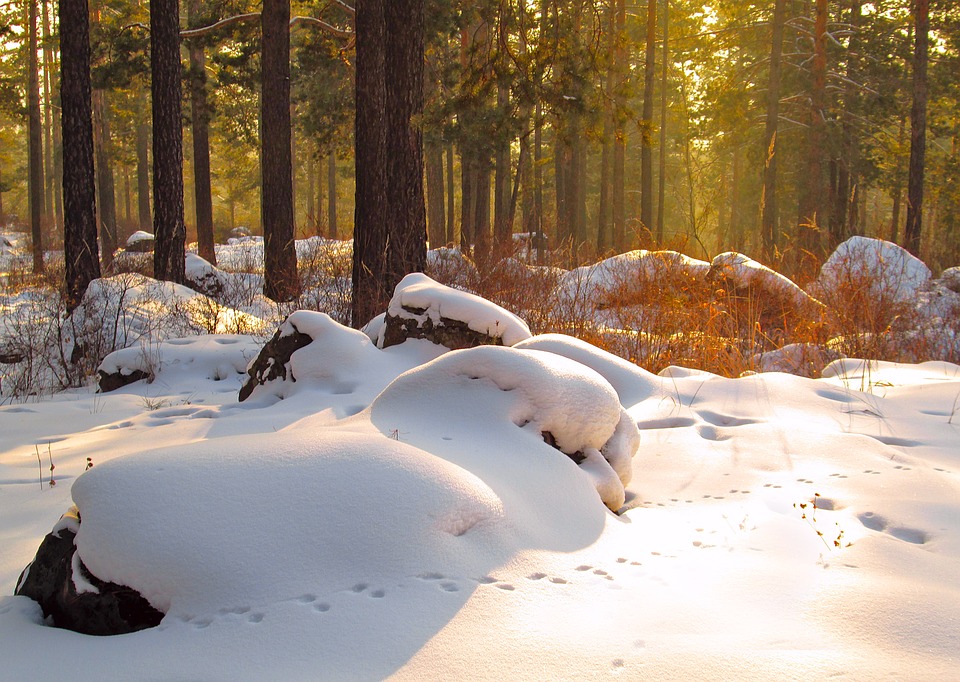
If you notice areas where the grass seems especially waterlogged or damaged as a result of heavy snow, consider aerating once the weather warms. Aeration involves loosening the soil that’s become compacted from the weight of the snow. Aerating gives the roots of your lawn better access to water, air, and essential nutrients.
Mind the shrubs
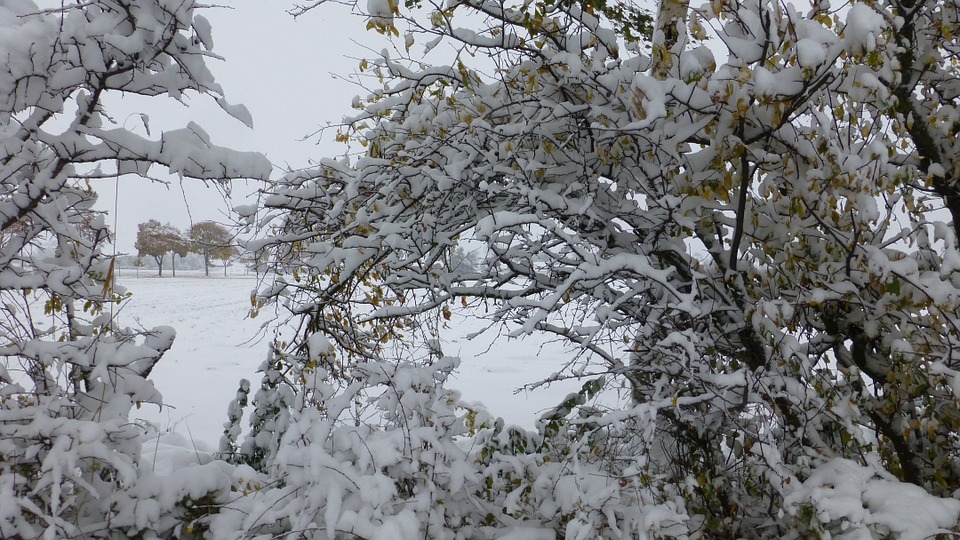
Heavy, wet snow on tree branches, bushes, and shrubs can cause some severe damage. It’s a good idea to step outside every few hours during a blizzard to prevent the snow from accumulating. Use a broom and gently brush the snow off the branches. Try to sweep in an upward fashion versus a downward pattern. This will reduce the likelihood of damage to your tree limbs.
Water properly
Even though the melting snowfall has thoroughly drenched your lawn, early spring is not the time to ignore your watering regimen. It may feel like you’re overwatering by turning on the sprinklers in the spring, but it’s vital you replenish any moisture lost due to evaporation, particularly on warm days.
For more information, check out our lawn watering guide for Utah.
Mow wisely
Once spring arrives, use the mower with caution. Only cut off the top third of your grass, since cutting more than this will stress your lawn at a time when it’s already struggling to add new growth. As the season progresses, you can mow your lawn shorter. Start conservatively to allow your grass time to bounce back.
Watch out for snow mold
Snow mold is most common during a heavy snowfall before the ground has frozen. You likely won’t notice it until the spring when the snow begins to melt. If you see patches of white, grey, or pink matted-down sections of grass, you may have a snow mold problem. It’s easier to prevent snow mold than to try and treat it. For more tips, see “Repairing winter lawn damage.”
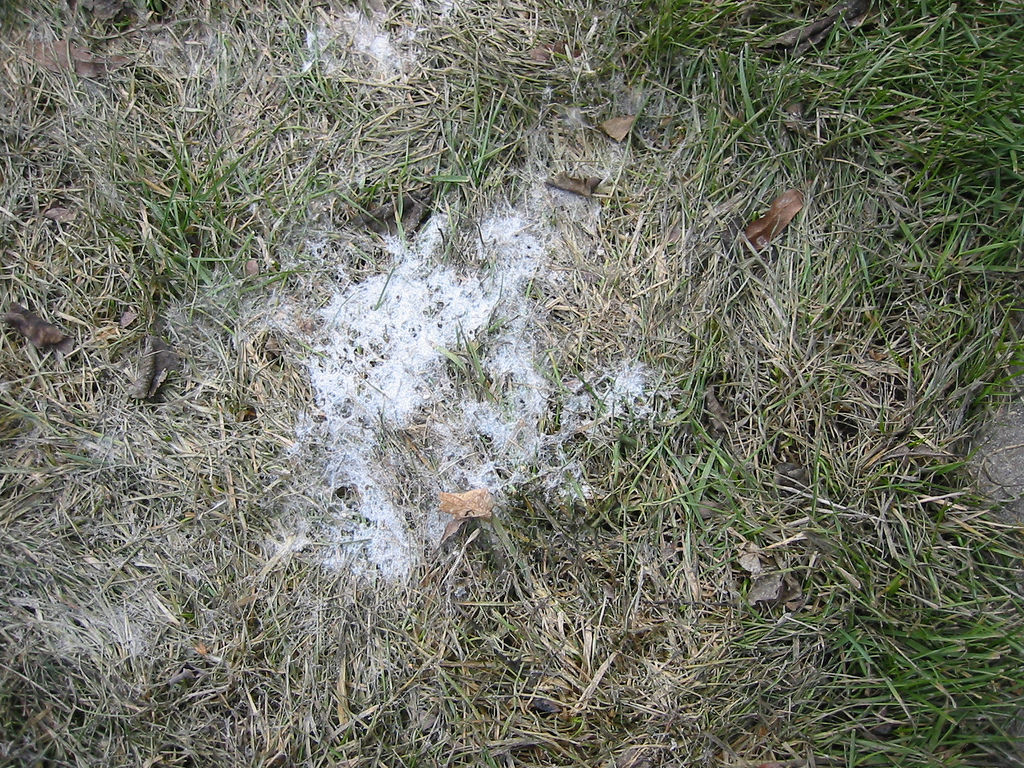
You can use a fungicide in the fall to guard against mold. Raking the affected areas in the spring can also help jump-start any stunted growth.
Look at the positives
Ample snow cover can help fertilize your lawn. The atmosphere naturally contains nitrogen. A good snowfall can deposit several pounds of nitrogen across a single acre, providing a slight benefit.
Winter has not yet released its icy grasp on Ogen but we can take comfort in knowing that while the ice and snow can be annoying, they’re working wonders for our lawns.
Need help tending to your lawn? Visit our Ogden lawn care page for more info.
